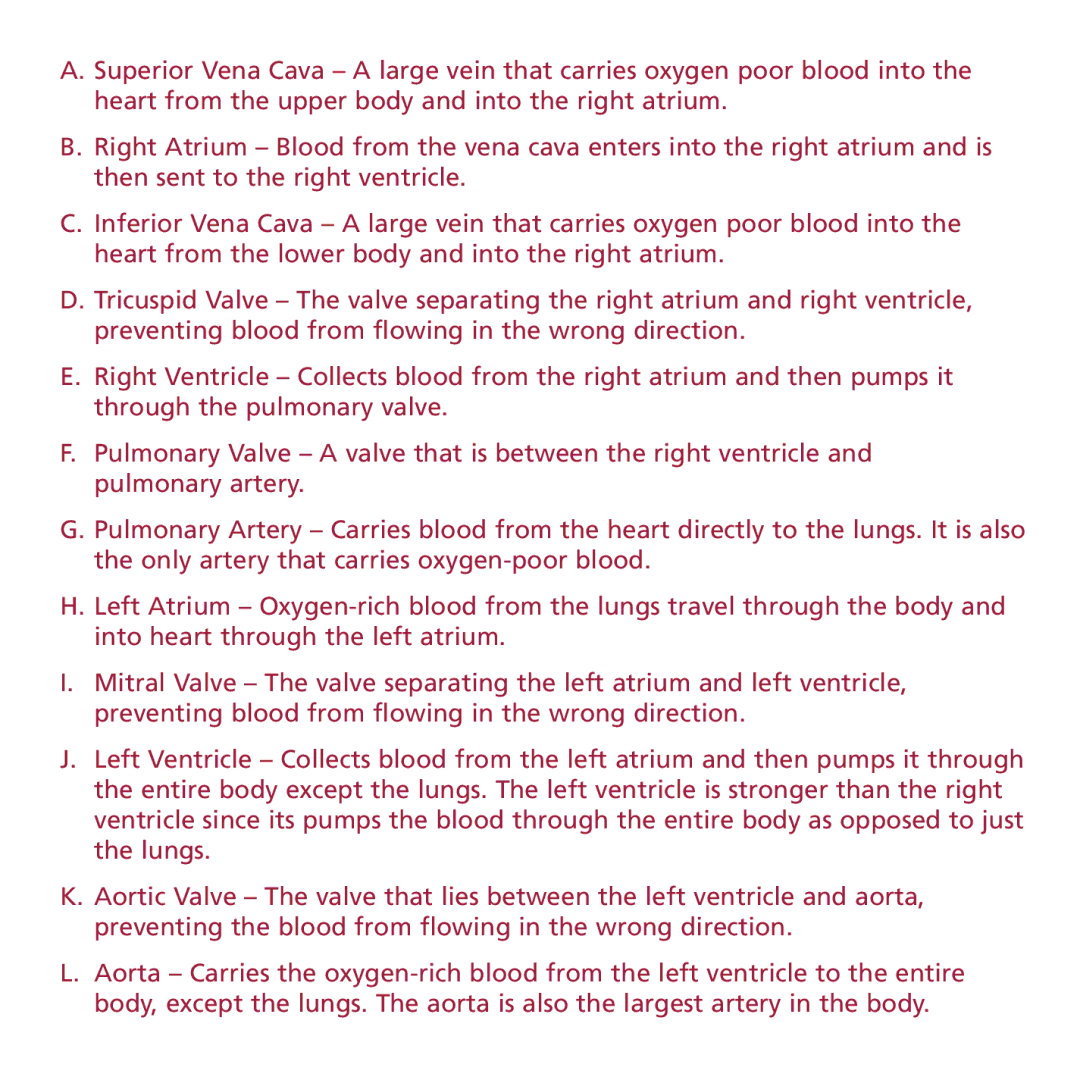LER 1902 specifications
Learning Resources LER 1902, also known as the “Smart Snacks Counting Cookies,” is an innovative educational toy designed to promote early math skills among children. Targeted toward children aged two and above, this engaging product combines play with learning, making it an essential tool for parents and educators looking to enhance foundational math concepts in a fun and interactive way.One of the main features of the LER 1902 is its focus on counting, sorting, and simple addition. The set includes 10 colorful cookies, each with a unique number printed on it, ranging from 1 to 10. Each cookie also features a character that promotes imaginative play while providing visual cues for counting activities. This dual approach aids children in associating numbers with quantities, reinforcing their understanding of basic math operations.
The materials used in the LER 1902 set are non-toxic and durable, ensuring that the cookies can withstand the rigors of playtime. Safety is a paramount consideration for products aimed at younger audiences, and this set meets stringent safety standards. The bright colors of the cookies are visually stimulating and designed to capture the attention of young learners, fostering an environment conducive to exploration and discovery.
In terms of technology, while LER 1902 does not incorporate electronic features, its design encourages hands-on interaction, which is critical for cognitive development in early childhood. The tactile experience of handling the cookies reinforces motor skills alongside math skills, making it a multi-dimensional educational resource. This hands-on approach contrasts with many electronic learning tools by promoting tangible engagement rather than screen time, which can be a concern for parents.
Further, the LER 1902 can be used in various educational settings. Teachers can incorporate them into classroom activities or use them for individual learning exercises. Parents can utilize the cookies at home to supplement their child's education, turning simple playtime into valuable learning opportunities. The versatility of this resource allows for creative and adaptable lesson plans, catering to different learning styles and preferences.
In conclusion, Learning Resources LER 1902 offers a well-rounded solution for early math education through its engaging design, durable materials, and hands-on approach. It encourages children to explore numbers and counting through interactive play, making math an enjoyable subject right from the start. As a valuable tool for both educators and parents, the Smart Snacks Counting Cookies represent a thoughtful investment in a child's educational journey.
